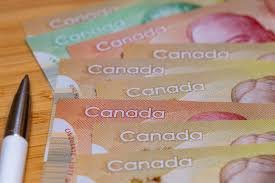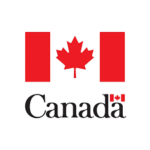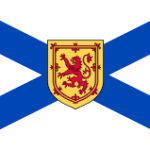Many Canadians call the GST rebate what is officially the GST/HST credit.
This is a tax-free quarterly payment made to low and modest-income individuals and families to offset the Goods and Services Tax (GST) or Harmonized Sales Tax (HST) they pay.
If you wonder whether you qualify, how to apply, or how much you might receive, this guide walks through the eligibility criteria, the application process, payment schedule, and tips to maximize your credit.
What is the GST rebate (GST/HST credit) in Canada?
The GST rebate refers to the GST/HST credit, which is a tax-free quarterly payment from the Canada Revenue Agency (CRA).
Its purpose is to help eligible Canadians with low or modest incomes deal with the burden of GST or HST taxes paid on goods and services.
You do not need to apply every year. When you file your income tax return, the CRA automatically determines eligibility.
This ensures that many people who otherwise might not receive direct tax refunds still benefit from this support.
Who is eligible for the GST rebate (GST/HST credit)?
To get the GST rebate, you must meet several eligibility rules set by the CRA:
- Be a resident of Canada for tax purposes in the month before CRA makes a payment, and at the start of the month the payment is made.
- Be at least 19 years old, or if younger, meet at least one of these: have (or had) a spouse/common-law partner, or have (or have had) a child and live (or have lived) with them.
- File an income tax return for the relevant year (even if your income is zero) so the CRA can assess your eligibility.
- Your net family income must fall below certain thresholds. The exact credit amount depends on your income, marital status, and number of children.
If all these criteria are met, CRA will include you automatically in the GST/HST credit program.
How to apply for the GST rebate (GST/HST credit)
Although most people are automatically considered for the GST rebate when they file taxes, there are specific cases where you must actively apply:
- If you become a new resident of Canada, you must complete Form RC151 (GST/HST Credit and Canada Carbon Rebate Application) to register for the credit.
- If you are under age 19 and do not have a spouse or children, you may need to apply using a form as well.
For regular taxpayers, you do not need to fill out an extra form: just file your tax return. The CRA will use the return to determine your eligibility and start payments.
When and how are the GST rebate payments made?
The GST rebate is paid quarterly over a twelve-month period starting in July. Payment dates typically fall in July, October, January, and April.
For instance, CRA notes you could expect payments in October 2025, January 2026, April 2026, etc., based on your 2024 return.
If your GST/HST credit for the year is small (less than $50 per quarter), CRA may combine it into a lump sum payment in July.
Payments are non-taxable and do not affect other credits or benefits.
If a scheduled date falls on a weekend or statutory holiday, the payment is made on the last business day before the date.
How is the GST rebate (GST/HST credit) amount calculated?
The amount of your GST rebate depends on:
- Adjusted family net income from the base year (for example, your 2024 income used for the 2025–2026 payment period).
- Household composition — whether you have a spouse/common-law partner, and how many eligible children under 19 you have.
As a rough guideline (for the 2024 base year / 2025–2026 payment period):
- Single individuals could receive up to around $533 annually.
- Couples (married or common-law) might receive up to $698 together.
- An additional amount is given per child under 19 (for example, $184 per child)
These numbers are subject to adjustment each year.
What to watch out for and tips to maximize your rebate
- If your income is just over the threshold, your rebate might be reduced or eliminated.
- Keep your family status and dependent information accurate with CRA (e.g., custody changes) because it can affect your credit.
- Always file your tax return, even if you had no income — that ensures CRA can assess you.
- Use CRA’s online “Child and Family Benefits Calculator” to estimate your credit.
- If your first payment (later in the year) is missed, wait the prescribed time (e.g., 10 working days) before contacting CRA.



